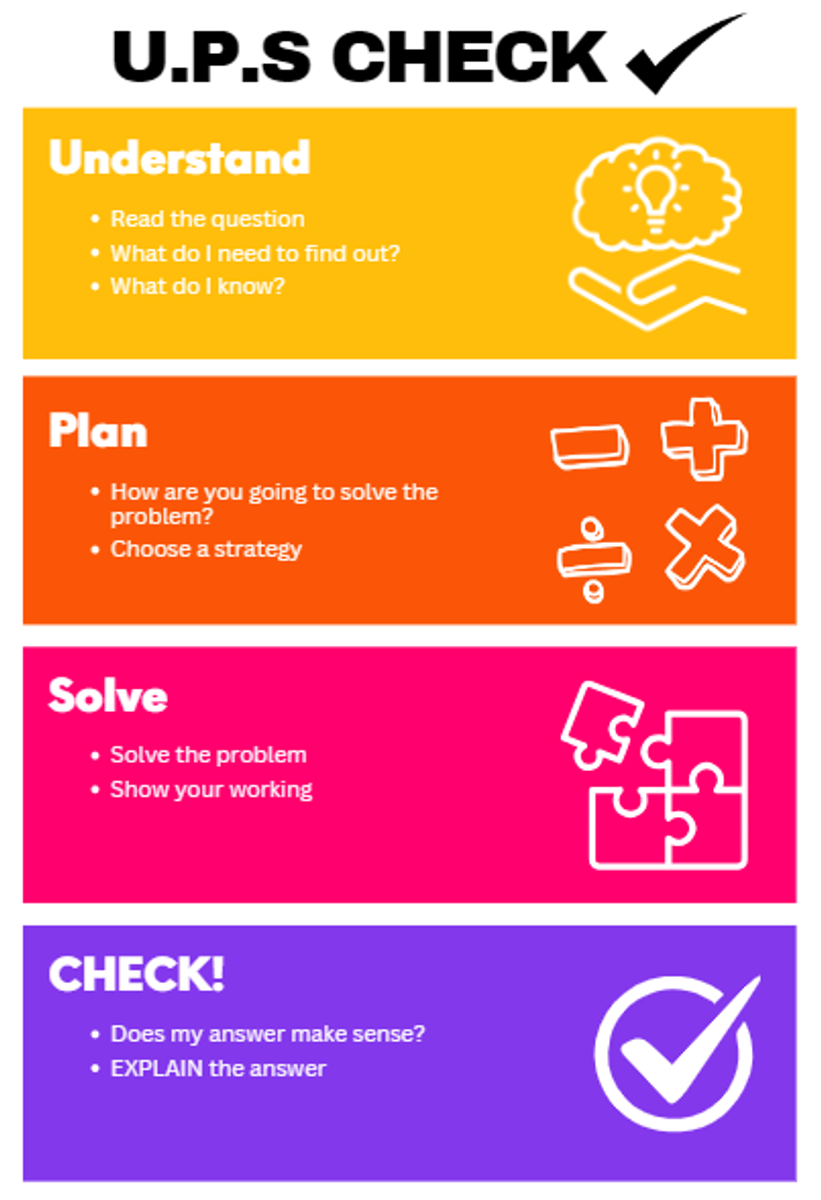Tales From Teaching & Learning

Why don’t we call them times tables?
Hopefully, if your child is in Yr 2 or above, you have heard them talking about multiplication facts or they have corrected you if you have mentioned times tables. Referring to multiplication facts as times tables is extremely common, some teachers and schools still call them times tables. At KPS we have made a very conscious decision to explicitly teach our students to call them Multiplication Facts, rather than Times Tables. Why have we done this?
Concepts in Mathematics are complex and, in many cases, abstract. Our use of language in mathematics is an important tool in supporting our students to develop a comprehensive understanding of the concepts they are learning about. Unfortunately a lot of the words we use in mathematics are shared with English but can have different meanings, similar meanings or more than one meaning.
Some words are only used in maths eg. numerator, trapezoid
Some are used in maths and other subjects, eg. variable
Some words are homophones, which sound the same but have different meanings eg eight/ate, sum/some, rows/rose.
All of these complexities add to the possibility of confusion and the development of misunderstandings or misconceptions for our students as they grapple with learning in maths. It is for this reason that we use the term Multiplication facts instead of Times Tables, because really when you think about it, what is a times table? This term could easily be confused with a public transport or school timetable, times can be misunderstood as referring to the time of day etc.
So we ask that you please also try and use the language of Multiplication Facts rather than Times Tables with your child as they practise their recall and fluency with you at home.
Sam
Assistant Principal - Teaching & Learning
Worded Problems: What is an Attack Strategy?
Worded problems are text-based problems that are solved using mathematical strategies. These problems can often be challenging for students as they require multiple skills to be applied in order to solve. To be successful in solving a worded problem, students will need to be able to:
- Read the question;
- Understand the vocabulary;
- Understand the content, and what the problem is actually asking;
- Identify important information and discount information that is irrelevant;
- Solve the problem by implementing a mathematical process or strategy;
- Check that the answer is reasonable.
That is a lot!
There are approaches to solving worded problems that have a strong research base: the use of an attack strategy is one approach. An attack strategy is an easy-to-remember series of steps students use to guide them in their problem solving. It ensures that students have an understanding of what a worded problem is asking, and provides them with the space to think critically about the best strategy to use in order to solve.
Attack strategies often use an acronym to help students remember the steps they need to follow. Our attack strategy at KPS is U.P.S Check!
U.P.S Check uses the following sequence:
1. Understand
what do I already know and what am I trying to find out?
2. Plan
What strategies can I use, and which will be the most efficient?
3. Solve
Use a strategy and solve the problem.
4. CHECK
Use a different strategy to check my answer is accurate and reasonable.
U.P.S Check is being used across the school, so you may hear your child/ren talk about this strategy at home.
Lauren Walker
Maths Learning Specialist



